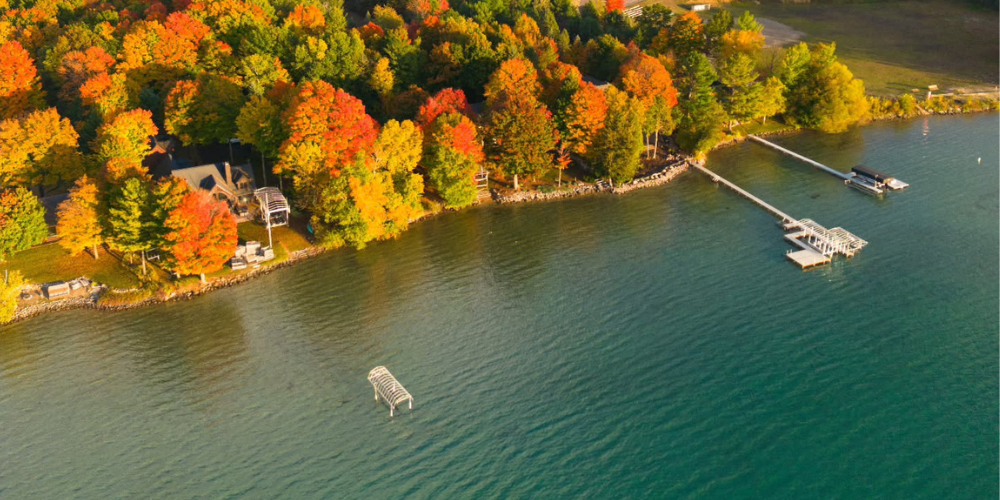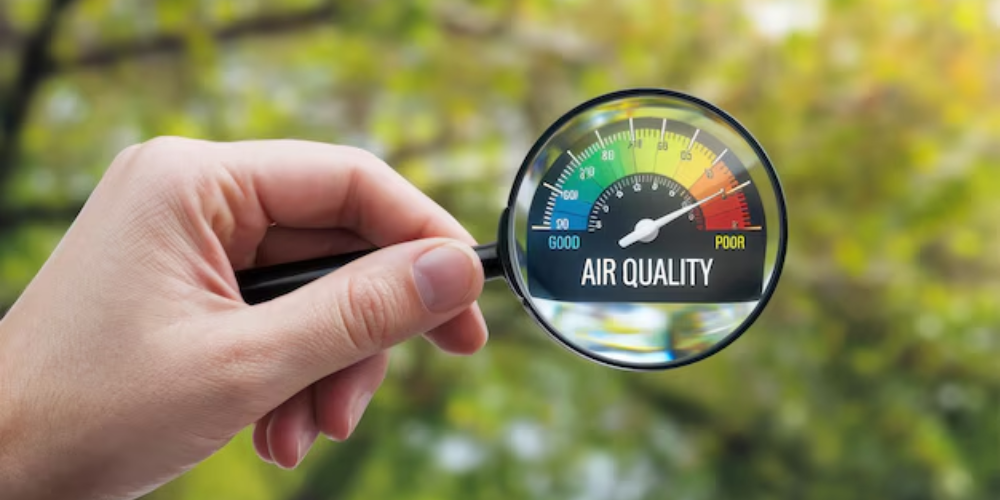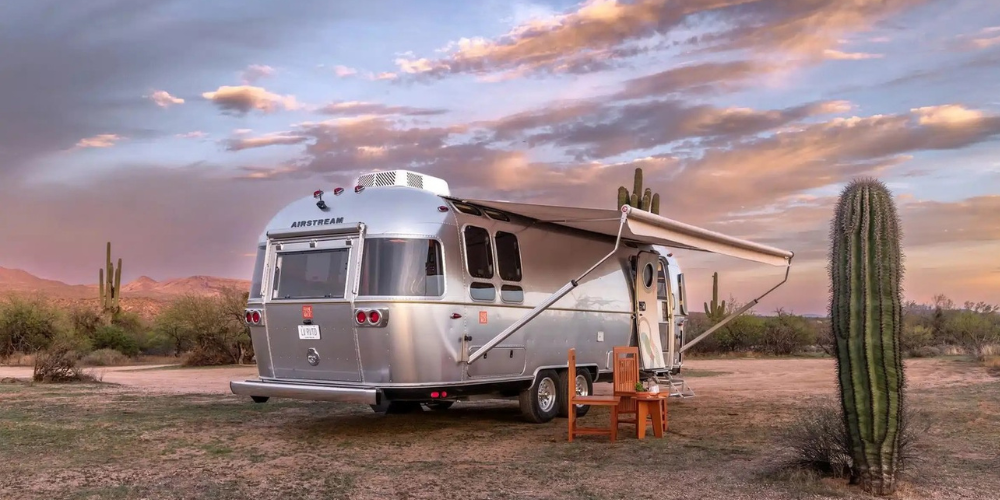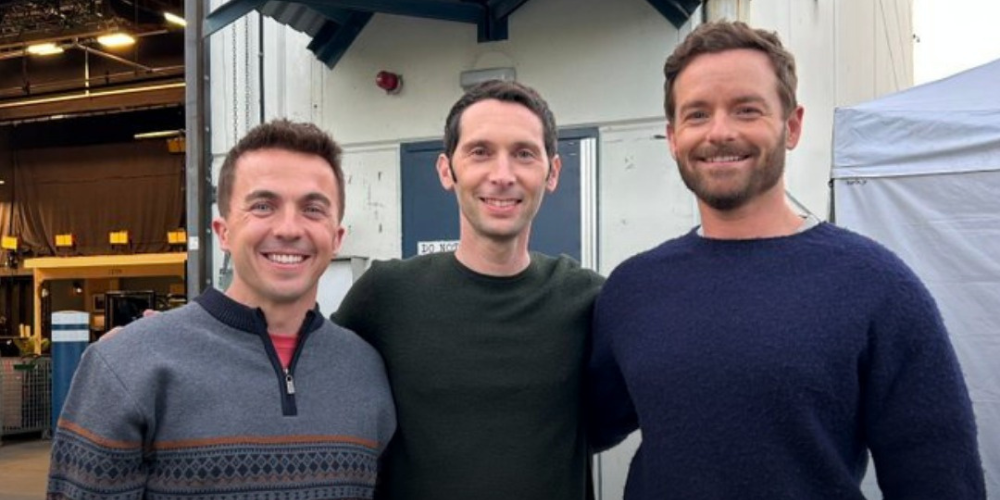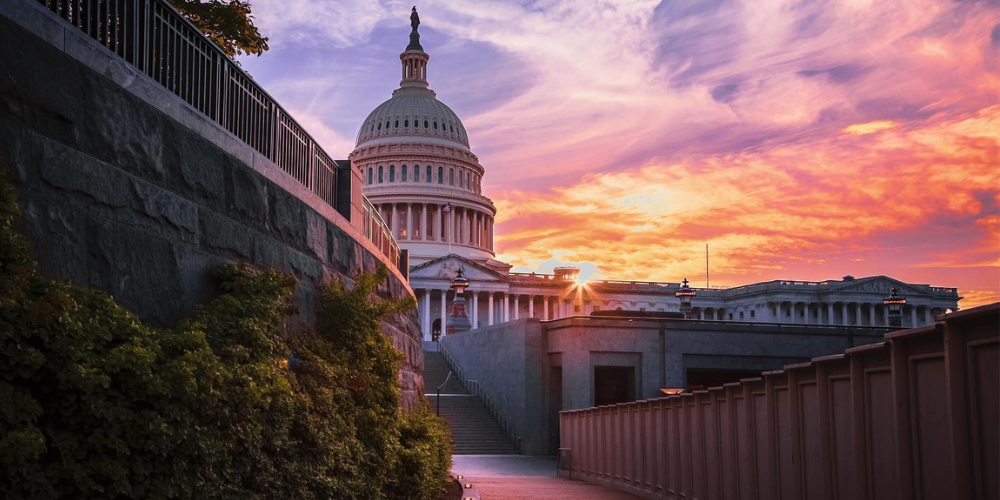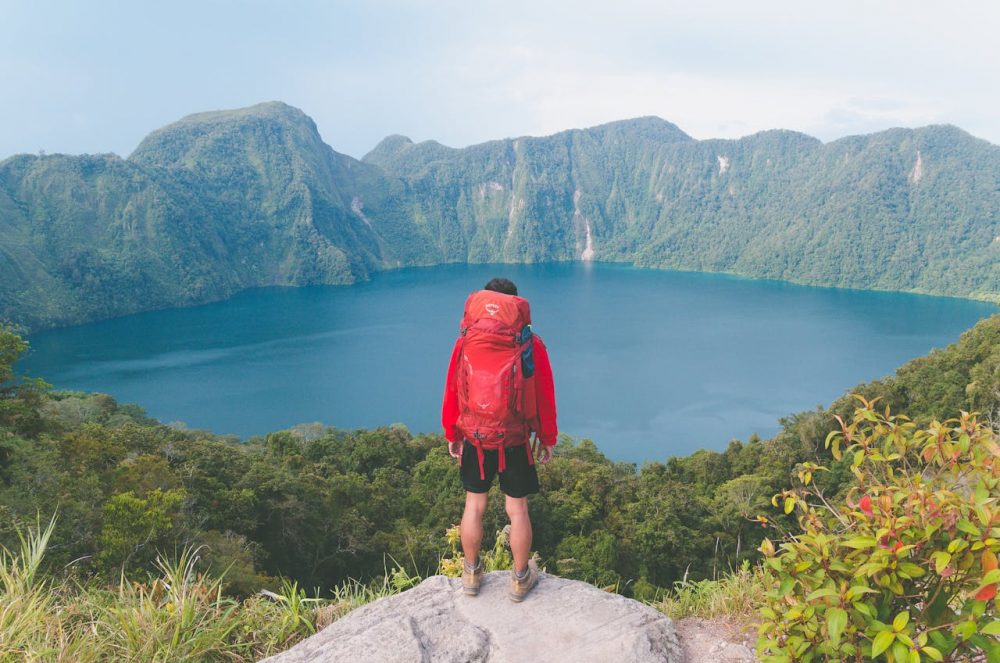The outdoor retail world is undergoing a major reset. After riding the pandemic’s surge in demand, brands are now confronting slower sales, bloated inventories, and rising costs linked to tariffs and shifting consumer behavior.
Many retailers that once expanded rapidly are pulling back. Companies such as REI and Orvis have begun closing stores, aiming to steady operations and build toward a more sustainable, long-term model.
The Pandemic Boom Fades
The outdoor category once soared as consumers embraced nature during lockdowns. Analyst Matt Powell of Spurwink River noted that stimulus-fueled spending pushed sales of big-ticket items like kayaks and tents to record highs. But the surge didn’t last. With many customers already owning expensive gear, sales cooled and inventories piled up.
Powell summarized the issue simply: “Many in the industry thought the good times would go on forever, but they did not.”
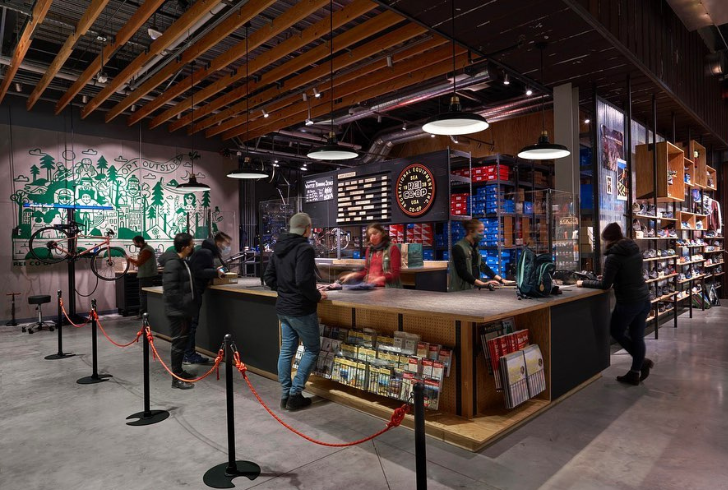
Instagram | iaarchitects | Outdoor sales of big items like kayaks hit record highs due to stimulus spending, but the surge was short-term.
Adding to the challenge, the sector has struggled with inclusivity. While large retailers have adapted to attract families and casual participants, specialty outdoor brands still often cater to niche enthusiasts. “Big box is happy to sell to families, not elites,” Powell said, pointing to the broader retail landscape’s pivot toward accessibility and community.
Changing How Consumers Stay Active
A recent Houlihan Lokey report, Fit for the Future: Trends Shaping Active Lifestyle, Fitness and Outdoor Markets, highlights how Americans are redefining outdoor participation. Group events and endurance challenges are booming, from marathons to new hybrid competitions like Hyrox that blend strength and cardio. Younger generations, particularly Gen Z and millennials, are driving this change. They’re seeking purpose, connection, and fun—often through social, fitness-based activities.
1. Gen Z engagement - About 70% participate in some form of outdoor activity. However, their focus is shifting toward “competitive socializing”—activities that mix sport with community, such as running clubs or casual games like bowling and darts.
2. More women in team sports - Female participation is climbing, pushing brands to rethink apparel and equipment design.
3. Active aging - Consumers 55 and older are embracing active lifestyles, creating new opportunities for brands targeting health-conscious seniors.
The growing popularity of flexible activities such as pickleball, paddle tennis, and off-course golf shows that consumers are prioritizing fun and social connection over traditional, competitive sports.
Tariffs and Trade Shake Up Supply Chains
Uncertainty in trade policy continues to ripple across outdoor retail. Tariffs have forced brands to reconsider sourcing and supply chains, pushing many to cut costs or relocate production. For some, that has also meant reducing their store footprint.
REI Co-op, a long-standing industry leader, announced a series of closures, including its SoHo flagship in New York City set to shut down in late 2026. Earlier this year, REI ended its Experiences business after nearly four decades, citing unprofitability.
New CEO Mary Beth Laughton—formerly with Nike—introduced a three-year plan titled “Peak 28: Ascending Together” to rebuild the brand’s foundation. The strategy centers on trust, emotional connection, and service excellence, focusing on both novice and expert outdoor enthusiasts.
Laughton’s employee memo underscored the tough road ahead: transformation, difficult decisions, and a fundamental shift in operations. REI will also close stores in Paramus, N.J., and Boston, Mass., by 2026 as part of its reset.
Orvis, another well-known name in outdoor retail, is following a similar path. The Vermont-based company plans to shut 31 full-price stores and five outlets by early 2026, attributing part of the decision to tariff pressures and evolving store economics.
Growth Through New Concepts
Not every retailer is retreating. L.L. Bean is expanding strategically, launching a temporary SoHo pop-up this fall, plus new stores in Westlake, Ohio, and Minnesota next year. The company’s recent openings in New Jersey and Pennsylvania show confidence in well-targeted growth.
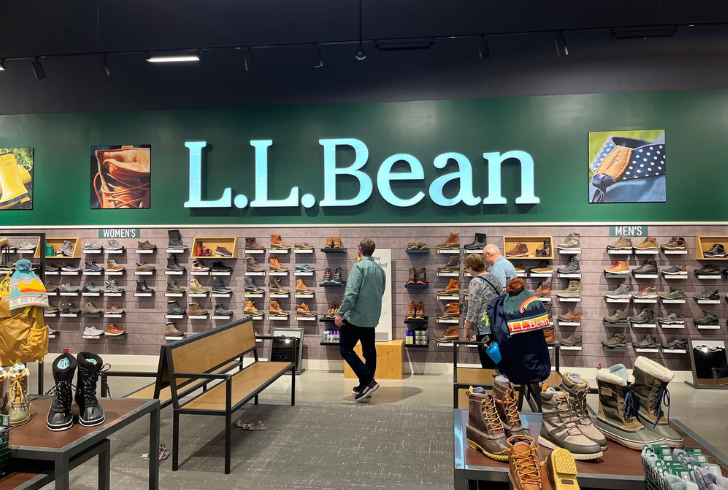
Instagram | bendersondevelopment | L.L. Bean continues its retail expansion with a fall SoHo pop-up and permanent stores.
Dick’s Sporting Goods is also doubling down with its House of Sport concept, opening an 85,000-square-foot store in Jersey City, while Academy Sports + Outdoors plans to add up to 25 new locations this year. According to Powell, “Newness always rules,” emphasizing the power of innovation in retail experiences.
Outdoor Trade Shows Return in 2026
Industry events are making a comeback after a brief pause. Outdoor Retailer’s flagship trade show will return in August 2026 at the Minneapolis Convention Center, introducing revamped programming across five focus areas—Ascent, Camp Forward, Campfire, Outdoor Lab, and Industry Day. The event will feature athlete-led discussions, startup showcases, and the revival of the Outdoor Industry Innovation Awards.
Lindsay Hubley, senior vice president of Emerald’s Sports and Outdoor Division, said the redesign reflects “thoughtful conversations across the outdoor community,” emphasizing innovation and collaboration.
Meanwhile, the European Outdoor Group (EOG) is launching European Outdoor Week in Italy in May 2026. The event combines trade exhibitions, outdoor testing, and an awards ceremony, marking a fresh approach to how brands connect with retailers and consumers.
Switchback, a newer player that spun out of The Running Event, has also gained attention. Its debut as a standalone show in Nashville drew strong reviews, and organizers are already planning for New Orleans next year.
Outlook for Outdoor Retail
Outdoor retail’s reset reflects more than market correction — it’s a transformation of how people connect with recreation, community, and the outdoors. While store closures and supply challenges present hurdles, new concepts, digital integration, and social engagement trends are reshaping the sector’s future.
The next phase of growth will favor brands that balance innovation with authenticity, meet customers where they are, and adapt to how people now choose to experience the outdoors — together, socially, and with purpose.

